


The Green-Schwarz String in Curved Space |
|
|---|---|
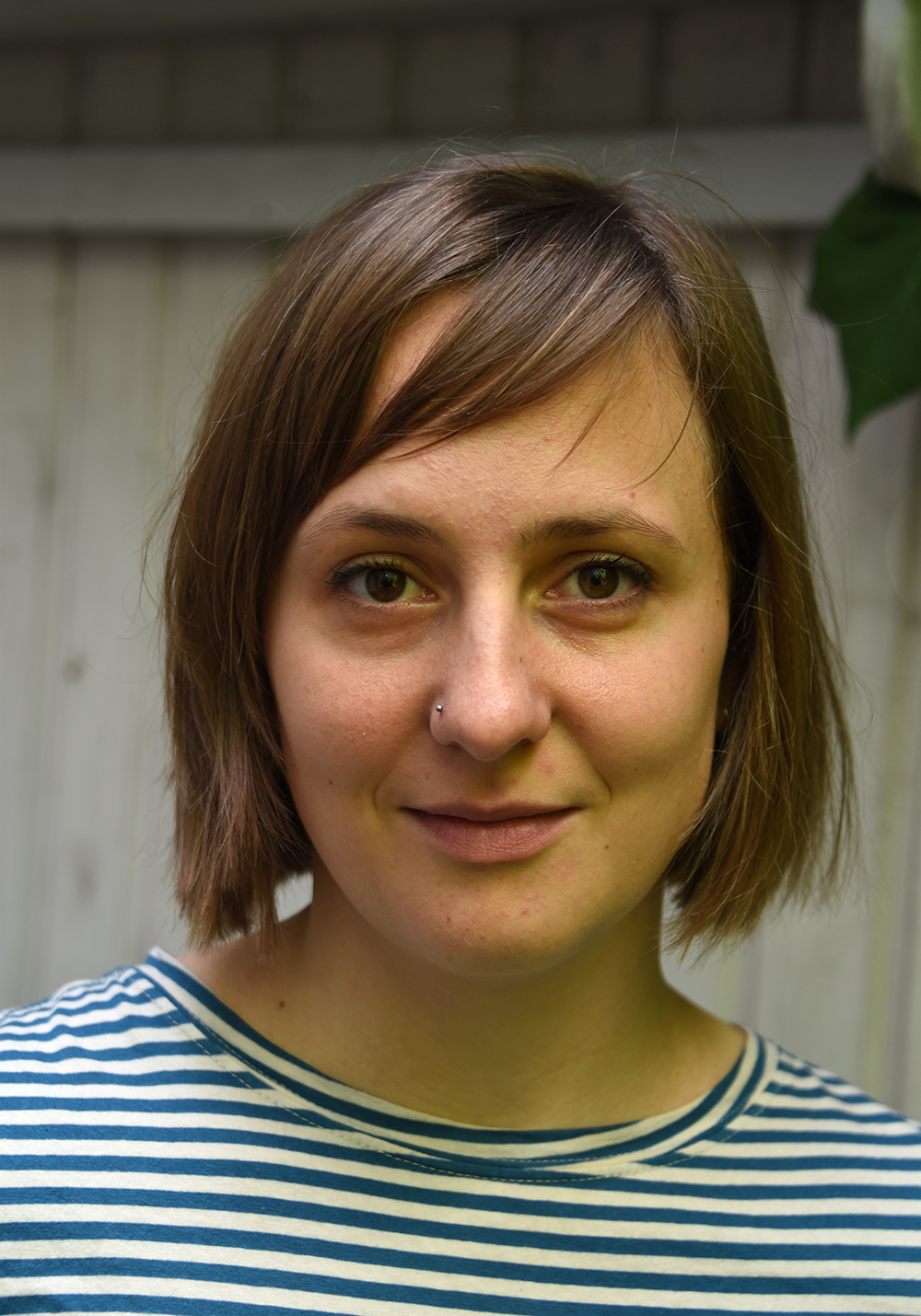
|
Part IThis course will give an introduction to the Green-Schwarz formalism of superstring theory in curved spacetimes. Particular attention will be given to spacetimes which can be realised as semi-symmetric coset spaces, as they naturally give rise to (classical) integrable systems on the worldsheet. As a guiding example, we will consider the Metsaev-Tseytlin worldsheet model describing strings propagating on AdS5xS5 supported by RR flux. Richer cases of AdS3xS3 supported by mixed NSNS and RR flux will be covered as well. Both instances form a cornerstone of our current understanding of the spectral problem of AdS/CFT via integrability. This part will cover the fundations of the Green-Schwarz formalism and the relation to integrability.Prerequisites: We will assume familiarity with the classical Lax integrability for 2-D field theories as well as the Green-Schwarz superstring in flat space. For a review of classical Lax integrability, see e.g. sections 3.1, 4.2 and 4.3 of the recent notes by Sibylle (overview video here). For the Green-Schwarz string in flat space we refer to standard textbooks such as Green-Schwarz-Witten. Sibylle Driezen works on integrable deformations of string worldsheet models, and their possible relevance for generalisations of AdS/CFT duals. She obtained her PhD in 2019 at the Vrije Universiteit Brussel and Swansea University. Currently, she is a postdoctoral researcher at IGFAE, Santiago de Compostela. |
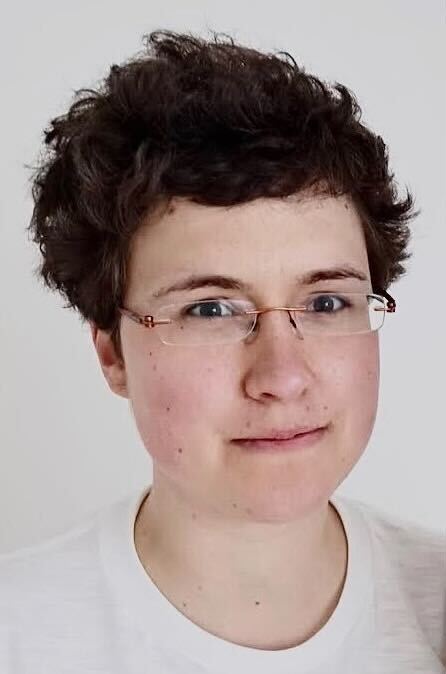
|
Part IIThis course will give an introduction to the Green-Schwarz formalism of superstring theory in curved spacetimes. Particular attention will be given to spacetimes which can be realised as semi-symmetric coset spaces, as they naturally give rise to (classical) integrable systems on the worldsheet. As a guiding example, we will consider the Metsaev-Tseytlin worldsheet model describing strings propagating on AdS5xS5 supported by RR flux. Richer cases of AdS3xS3 supported by mixed NSNS and RR flux will be covered as well. Both instances form a cornerstone of our current understanding of the spectral problem of AdS/CFT via integrability. This part will cover specific examples of these constructions.Prerequisites: same as Part I. Saskia Demulder's main's research interests center around integrable models, (generalised) string dualities and their relations. Saskia obtained her PhD in 2019, jointly from the Vrije Universiteit Brussel and Swansea University. She is currently a postdoc at the Max-Planck-Institut fuer Physik in Munich, in the fall she will move to Ben Gurion University. |
The Worldsheet S Matrix |
|
|---|---|
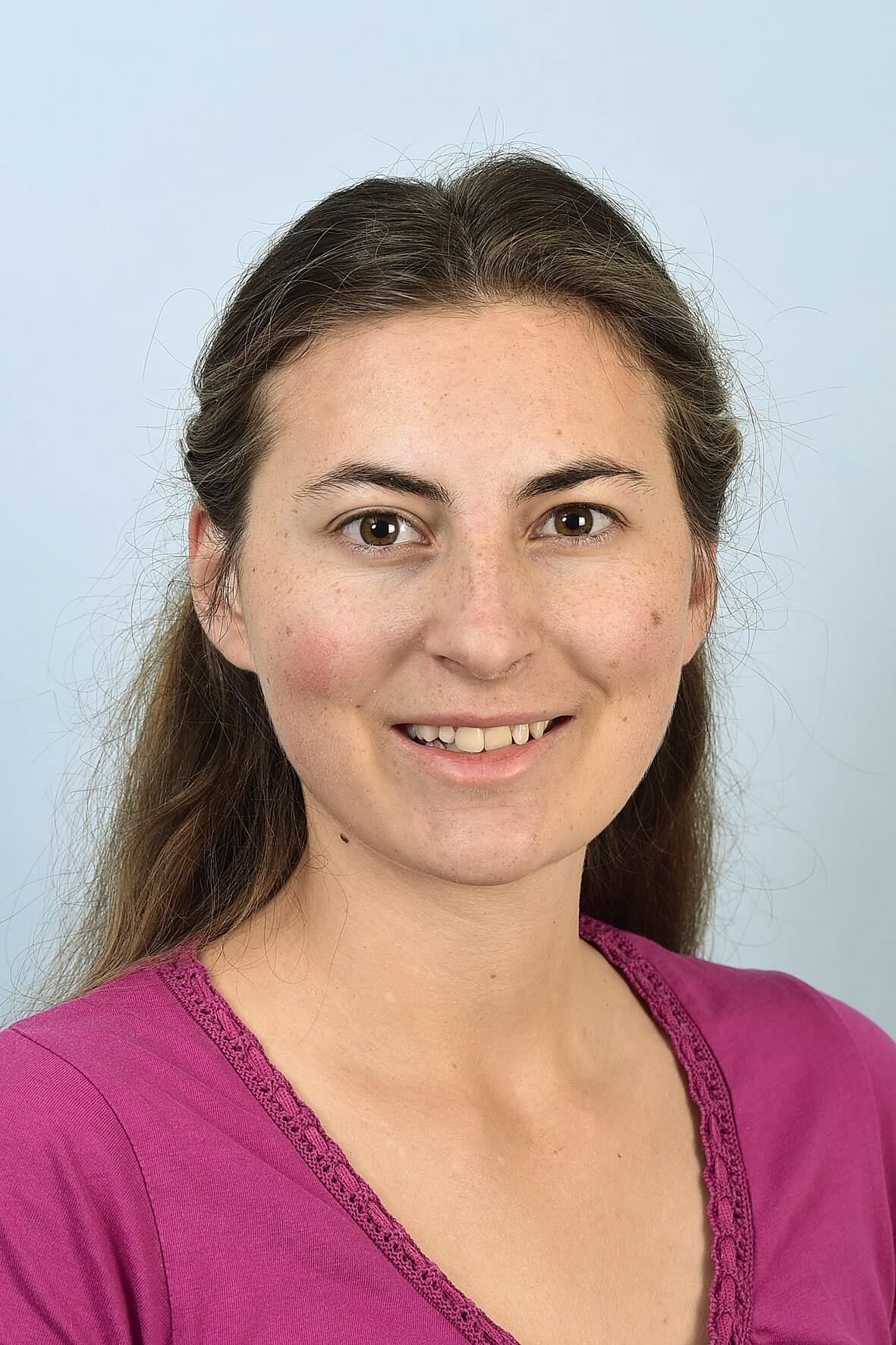
|
The worldsheet S matrix describes excitations on the two-dimensional string worldsheet and is key to obtaining exact results in integrable models. I will explain how, starting from the Green-Schwarz action and fixing light-cone gauge, one can obtain the perturbative S matrix through an expansion in the coupling. I will then focus on (quantum) integrable theories, for which the S matrix factorises into 2->2 scattering events. Requiring unitarity and compatibility with the symmetries of the theory completely fixes the two-body S matrix, up to some scalar functions. These are further constrained by the crossing equations. Throughout this lecture I will take as working example the case of the AdS3xS3xT4 superstring, constructing its S matrix step by step. Prerequisites: The course on the Green-Schwarz string given during the school, some notions of S matrix in quantum mechanics and relativistic QFT (asymptotic states, unitarity, crossing). This can be found e.g. in the lecture notes 1606.02949 of a previous school edition (which also discusses integrability in 2d relativistic theories), or in standard textbooks/lecture notes on QFT, e.g. chapters 9 and 10 of Niklas Beisert's lecture notes, and will also partially presented in the pre-school. Fiona Seibold works on integrability in AdS/CFT and integrable deformations. She obtained her PhD from ETH Zurich in 2020 and is now a Marie-Curie postdoctoral fellow at Imperial College London. |
String Spectrum from the Bethe Ansatz |
|
|---|---|
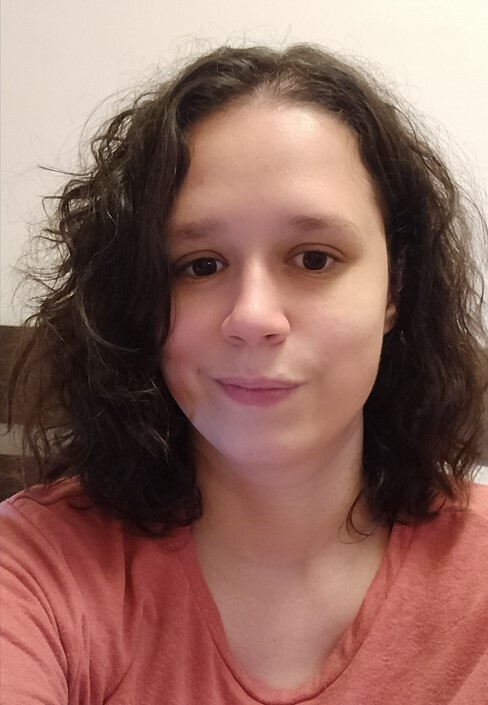
|
In this course, we aim for a pedagogical introduction to the Thermodynamic Bethe ansatz (TBA). The TBA is a method to compute thermodynamic quantities for integrable models whose finite volume Bethe ansatz is known. It was used, in particular, to compute the exact energy spectrum of the worldsheet theory of AdS5xS5 and it was recently also successfully applied to AdS3xS3xT4. We will start by introducing the Algebraic Bethe ansatz and then proceed to construct and simplify the TBA equations step by step, by explaining concepts like the string hypothesis, the Bethe-Yang equations and Y-system. We will mostly use the Heisenberg spin chain and AdS5xS5 as working examples, but we intend to also point out the particularities of the AdS3xS3xT4 case at the end. Prerequisites: We will assume basic concepts of spin chains like monodromy matrix and transfer matrix, see sections 4.1-4.7 of this review. This will also be presented in the pre-school. Ana Lucia Retore obtained her PhD from Institute for Theoretical Physics - UNESP, Brazil in 2019. She is currently a postdoctoral researcher at Trinity College Dublin working on several aspects of quantum integrability, including applications to AdS/CFT and the construction of new integrable models. From September she will be a postdoctoral researcher at Durham University. |
The Hybrid Formalism |
|
|---|---|

|
The hybrid approach to string theory is an alternative to the usual RNS and Green-Schwarz approaches which makes target-space supersymmetry manifest while still allowing for covariant quantisation on the worldsheet. We will first discuss the hybrid description of strings in four flat spacetime dimensions though a series of field redefinitions of the usual RNS string. We will focus specifically on the worldsheet field content and the physical state (BRST) conditions. We will then consider the hybrid string on AdS3xS3, which can be expressed in terms of a Wess-Zumino-Witten model whose target space is the supergroup PSU(1,1|2). We will discuss the addition of Ramond-Ramond flux to this background and, if time permits, applications to holography. Prerequisites: The hybrid string is based on the superstring in the RNS formalism, and thus a basic foundation in the RNS superstring will be assumed. In particular, familiarity with 2D conformal field theory, 2-D N = 1 and N = 2 superconformal algebras, and BRST quantisation will be assumed. For a review of these topics, see, for instance, Chapter 4, Chapter 12, and Sections 13.1/13.2 of Basic Concepts of String theory by Blumenhagen, Luest, and Theisen. Part of this will also be presented in the pre-school. Bob Knighton is a PhD student at ETH Zürich working primarily on three-dimensional holography from the worldsheet perspective, where many quantities of interest are exactly calculable on both sides of the AdS/CFT correspondence.. |
The Nonrelativistic String |
|
|---|---|
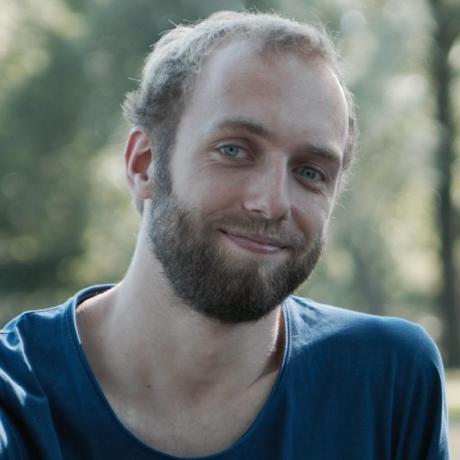
|
Part I: Nonrelativistic Strings and Discrete Lightcone QuantizationThe first part of these lectures focuses on the basics of nonrelativistic string theory, which arises as a self-contained corner of relativistic string theory and has a string spectrum with a Galilean dispersion relation. Nonrelativistic string theory is closely related to relativistic string theory in the discrete light cone quantization, a technique that plays an important role in nonperturbative approaches to QCD and in the Matrix theory description of M-theory.Prerequisites: Polchinski Volume 1 Chapter 1-5 and Chapter 6. Gerben Oling currently works on non-Lorentzian approximations of field theories, gravity and string theory. He obtained his PhD in Amsterdam in 2018 and then went on to postdoctoral positions in Copenhagen and Nordita. |
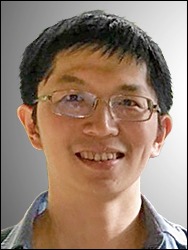
|
Part II: Applications to AdS/CFTIn the second part, we will discuss applications of nonrelativistic strings to decoupling limits of the AdS/CFT correspondence and uncover a class of nonrelativistic systems called Spin Matrix theory. This is closely related to limits of spin chains studied in the context of integrability of AdS/CFT, and the simplest example gives rise to a covariant version of the Landau-Lifshitz sigma model.Prerequisites: Same as Part I. Ziqi Yan works on nonrelativistic quantum field theories and string theory. He obtained his PhD at UC Berkeley in 2017 and then was a postdoctoral fellow at Perimeter Institute. He is currently a Marie Curie fellow at NORDITA. |
